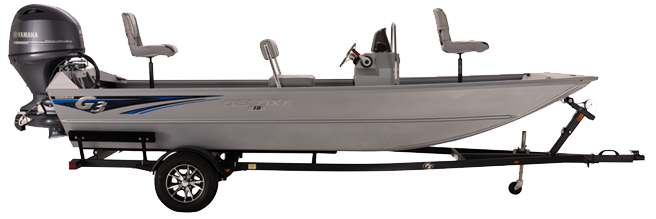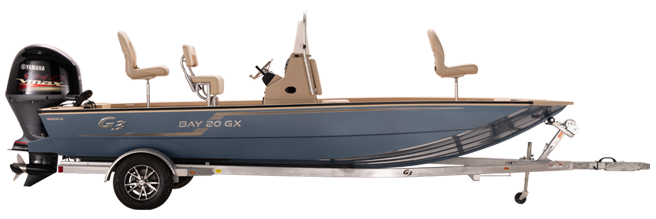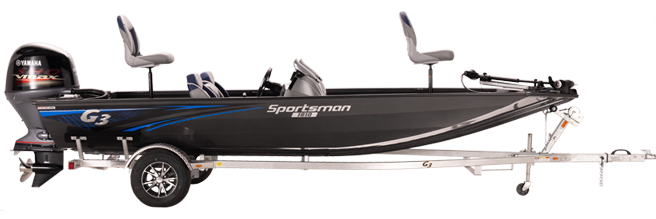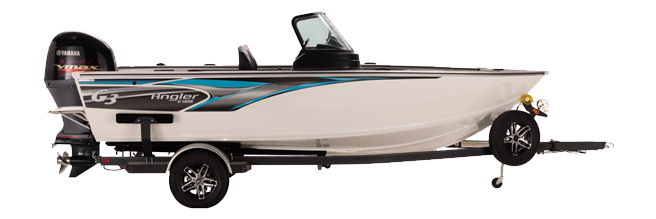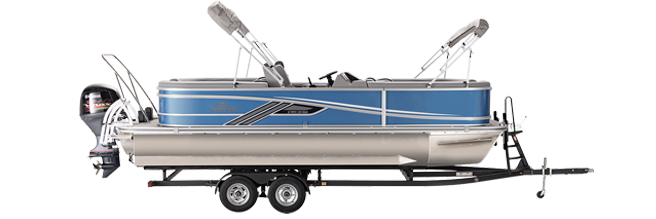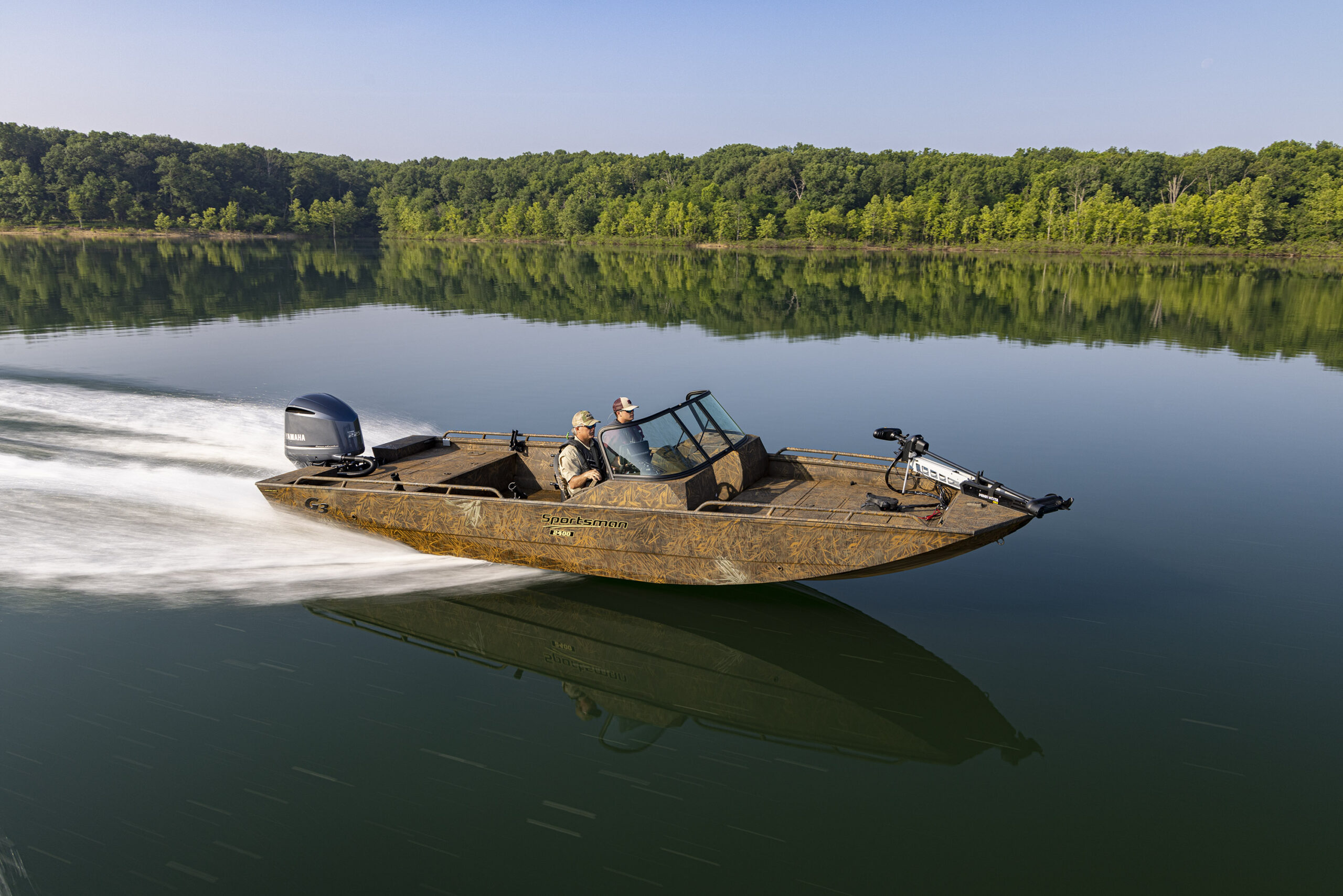Knowing how to successfully load and launch your boat trailer is crucial for any boat owner. However, for new owners, mastering the basics takes time and research. Below is a comprehensive guide to loading and launching your boat trailer so you can be ready for the season ahead.
Launching Your Boat Trailer in 5 Simple Steps
While it may be scary to launch your brand new boat and trailer for the first time, it really is quite simple. Just remember, having some friends around to help can ease your mind!
1. Checking the Boat
Before you head to the ramp itself, park up in the staging area and do a quick check of the boat. Make sure that the drain plug is inserted correctly and that the key is in the ignition ready to go. Make sure the throttle is off, and gas is connected to the motor. Also check that the motor is raised up. Then it’s time to load your gear, as this is always easiest on dry land.
2. Boat Safety
Now it is time to remove the transport tie-downs holding the boat firmly in place on the trailer. Ensure the trailer winch is securely attached to the boat and the safety chain is locked in position. Attach the fenders to the dock side of the boat and attach the dock lines to bow and stern cleats.
3. Get in Position
Once everything is on board and the boat is ready to be released, it is time to launch. Move your vehicle into position, ideally so you can back straight down the ramp without turning. Slowly back down the ramp until the back of the boat is touching the water. Now is the best time for the boat driver to jump in. Make sure to use your parking brake while they get in the boat.
4. Launch Time
Continue to gently back down the ramp until you can see the stern of the boat beginning to float. Put the vehicle in park with the parking brake on. Next, release the winch and safety chain so the boat can float off the trailer. Give the boat a gentle push while holding on to the bow line you tied earlier. Now you can guide the boat to the dock and tie it, or throw the line to the driver so they can move out of the way.
5. Park
Make sure to then move your vehicle to the parking area and lock your doors. Then return to the dock and hop on board for a day out on the water.
Loading Your Boat Trailer in 5 Simple Steps
You’ve had a great day out on the water, and now it is time to head back in to shore. Simply follow these steps to get you and your boat safely on dry land.
1. Drop the Driver, or Tie the Line
The first step is to always drop the driver off at the dock so they can go get the vehicle and trailer. This is especially important at busy boat launches, as there may be a line to get your boat out. You should also let any other passengers off the boat at this point. When loading the boat trailer, the boat operator should be the only one on board. If you are by yourself, make sure your bow and stern lines are firmly attached and tie up at the dock so you can go get the vehicle.
2. Backing Up
Once it is your turn, line up your vehicle and trailer so you can back directly down the ramp. Make sure that you can see the boat tires in your mirrors, or have a spotter help you. Once the trailer tires hit the water, continue inching the trailer in slowly until all rollers are in the water. Then place the vehicle in park, and engage the parking brake, but do not turn off the engine.
3. Float or Drive
The driver should then climb on to the boat trailer and position themselves behind the winch. If you are alone, this will happen after you guide the boat to the ramp. Most boats can be easily guided on to the trailer by bow and stern lines alone. However, if someone is operating the boat, or there are crosswinds, using the motor at a low speed can help you keep control. Try to keep the boat as straight as possible, aiming for the top, centre rollers. Once the boat is nearing the top rollers, turn off the power. The driver should now attach the winch strap or cable to the bow of the boat and crank the boat the final distance onto the trailer. Once the boat is snug in position, attach the winch safety chain.
4. Drive Slowly
Now that the boat is secure on the trailer, it is time to slowly drive up the ramp. Make sure that the boat does not move, and that the outboard motor is raised during this step. If the boat operator is still on board, they should release the drain plug once the boat is fully out of the water. This will help any water quickly drain.
5. Secure the Boat
Now that you are out of the water it is time to unload any gear. This will also give the boat additional time to drain if needed. If the boat ramp has a wash station, consider rinsing the boat right away, rather than waiting until you are home. Once the gear is out, and the bow and stern lines are removed, it is time to get the trailer ready for transport. Tie the boat down using transport straps, and plug in the trailer lights. Be sure to check that lights and signals are working before leaving the parking lot.
Remember, practice makes perfect, so take your boat out as much as you can, especially on weekdays where ramps are often quieter. A spotter or friend also makes the process of loading and launching your boat trailer much easier, plus it is always safer to have a friend with you on the water. Soon, you’ll have these basics mastered and be confident loading or launching at any boat ramp.
Looking for your new boat? Visit the G3 Boats website today and get started on building your dream boat, with a range of customization options to suit your needs.

